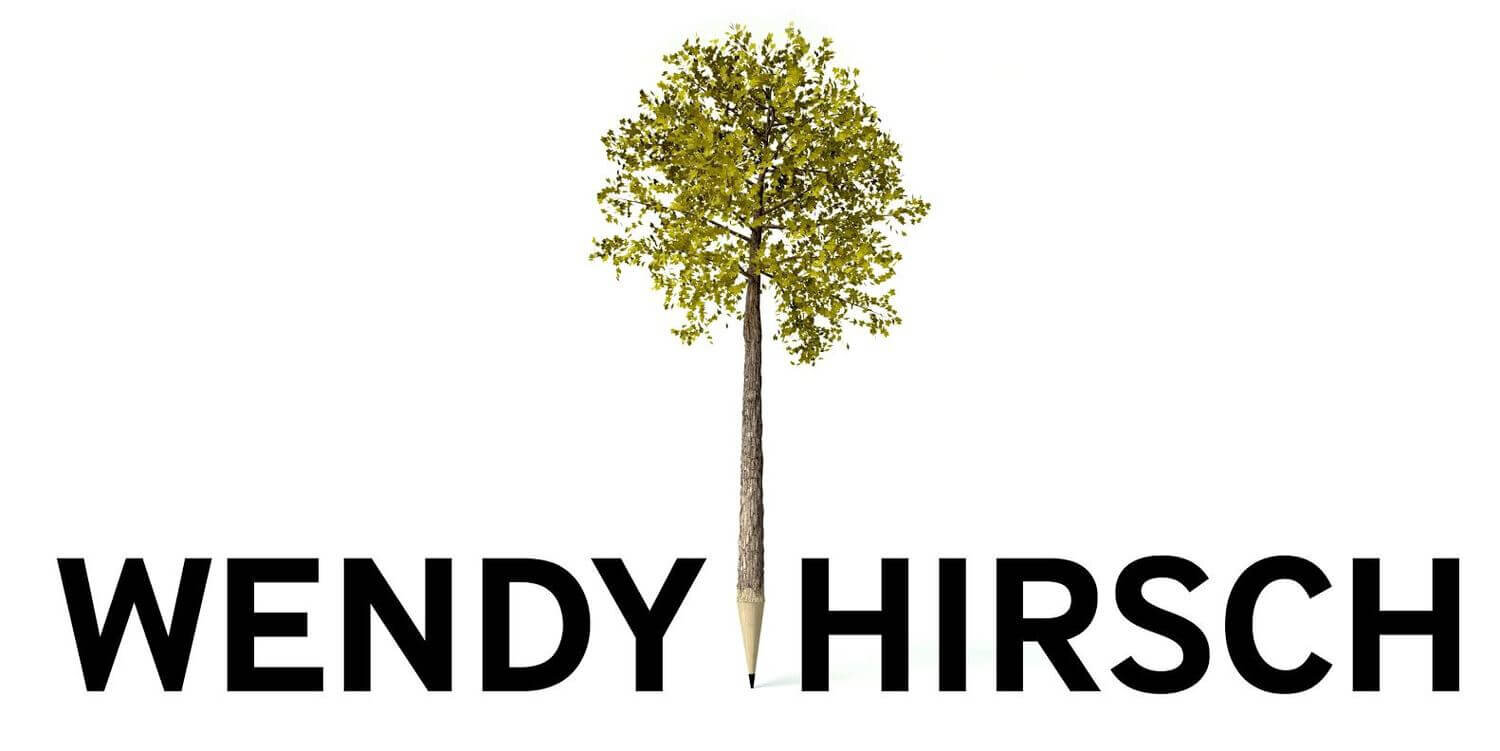Key Points
What makes people align with an organizational change may seem mysterious, but research suggests that three factors are present when individuals make the choice to change — Ability, Motivation, and Opportunity (AMO).
Motivation may be the key factor. Without motivation, we may not have the drive to act on what we know and the opportunities we are given to change.
Use the AMO framework to identify specific enablers and challenges to change that staff involved in an organizational change may face. This can help you to design an effective change management approach tailored to your context.
Most organizational changes require people to do things differently — to change their behavior in some way. But what makes people change?
Behavior change is a complex process, and influencing it effectively requires some understanding of what lies beneath it. There are a variety of frameworks that provide us insight to what drives people to shift their behaviors, many of which include similar factors. We’ll focus on one —the Ability, Motivation, Opportunity framework.
Understanding the AMO Framework
The AMO framework suggests that people change their behavior when they have the necessary knowledge and skills (Ability), when they see personal benefit in making a shift (Motivation), and they have the necessary resources and support (Opportunity). Let’s dive into each of these factors in greater detail.
Motivation
Motivation is the linchpin in behavior change. When we have it, we can make just about anything happen. But when we don’t, it can be a big obstacle. Motivation refers to things that drive us to act such as beliefs, goals, emotions, and identity. For instance, if we don’t believe something is real or important, such as the threat of COVID-19, we may not change our behavior, like practice social distancing, even when we know what to do, and have the capacity to do it.
Ability
Ability refers to information, skills, and knowledge necessary to change our behavior. That’s why in any change, there is usually education, training, or awareness-building component.
Ability also includes things like memory and attention. For instance, you might know what to do, but forget how to do it, or even to do it. It’s important to ensure that we offer continuous information and support to see people through the learning curve involved in mastering and sticking with the new behavior. (Goals and goal monitoring can be useful here.) It can also be helpful to offer memory supports — such as posters, reminder messages, or job aids.
But knowledge does not change behavior, at least not by itself.
Opportunity
Opportunity refers to contextual or situational factors that may support or inhibit a person’s ability to change. In many organizational changes, lack of time or material resources may inhibit a person’s ability to change. That’s why “unfunded mandates” or changes implemented when people are already overburdened may not get a lot of traction — people may be generally supportive, but lack the resources necessary to execute. An example of an opportunity barrier from the COVID-19 pandemic is the reality faced by many who work in service industries; they can’t work from home, even if they want to.
Another aspect of opportunity is social pressure, which can either support or challenge behavior change. For instance, when an influential member of a work team encourages everyone to use a toe tap, rather than a handshake, it can have a positive effect. But, if this person were to ridicule someone who refused to shake hands, it may inhibit behavior change among the whole group. This also applies to other change scenarios, such as changing procedures or using a new system. The behaviors of influential members of a workgroup or organization can have a broad effect.
Identifying that factors that are driving people’s responses to THIS change
To develop an effective change management strategy, it’s important to understand what’s driving people’s specific responses to the current organizational change. Best to not guess or make assumptions about what’s going on with people. Directly engaging with impacted stakeholders, either through conversation, surveys or other feedback mechanisms, can provide more accurate insights.
Provided below are examples of the types of questions that help to surface enablers or obstacles to change. (Drawn from research by Armenakis, Holt and others, for more see references at the bottom of this article.) Usually people are asked to indicate how much they agree with the statements posed, on a scale from strongly disagree to strongly agree.
Ability
I have the skills that are needed to make this change work.
As an organization, we have the capability to successfully implement this change.
Motivation
This change is important to me.
This change is right for our organization.
I will benefit from this change.
Opportunity
I have the resources necessary to do what I am being asked to do as part of this change.
People important to me at work support this change.
Applying the AMO Framework to Support People through Change
Make the most of your investments to support people through change by tailoring your efforts using the AMO framework. Change leaders and implementation teams can use the AMO framework to inform your choice of change practices by:
Identifying key enablers and challenges to the change. Is it an ability, opportunity, or motivation issue? Or a mix of a few of these?
Choosing interventions that target specific enablers/challenges. A 2023 review of change management research, highlighted six types of change management practices that are useful to influence responses to change. Choosing those that align with the specifics of your change situation is important. For example, training and information may be useful for ability challenges, but motivation challenges may require additional tactics. For motivational challenges, information from credible and respected sources can be helpful. But incentives and restrictions may also be necessary.
Experiment and learn. Supporting behavior change is rarely a one-and-done effort. It generally requires a variety of interventions implemented over a period of time. Be willing to experiment, gather feedback, and learn. Remember, learning requires that we take time to reflect on what’s working and what’s not. For more on that, see my article on conducting team debriefs, which have been found to increase performance by 20%!
You may also be interested in…
This article was originally published in March 2020. It was updated with additional information and references in 2024.
References
Armenakis, A. A., Bernerth, J. B., Pitts, J. P., & Walker, H. J. (2007). Organizational change recipients' beliefs scale: Development of an assessment instrument. The Journal of applied behavioral science, 43(4), 481-505.
Armenakis, A. A., Harris, S. G., & Mossholder, K. W. (1993). Creating readiness for organizational change. Human relations, 46(6), 681-703.
Bos‐Nehles, A., Townsend, K., Cafferkey, K., & Trullen, J. (2023). Examining the Ability, Motivation and Opportunity (AMO) framework in HRM research: Conceptualization, measurement and interactions. International Journal of Management Reviews.
Holt, D. T., Armenakis, A. A., Feild, H. S., & Harris, S. G. (2007). Readiness for organizational change: The systematic development of a scale. The Journal of Applied Behavioral Science, 43(2), 232-255.
Hughes, J. (2007, January). The ability-motivation-opportunity framework for behavior research in IS. In System Sciences, 2007. HICSS 2007. 40th Annual Hawaii International Conference on (pp. 250a-250a). IEEE.
Kok, G., Gottlieb, N. H., Peters, G. J. Y., Mullen, P. D., Parcel, G. S., Ruiter, R. A., ... & Bartholomew, L. K. (2016). A taxonomy of behaviour change methods: an Intervention Mapping approach. Health Psychology Review, 10(3), 297-312.
Michie, S., Van Stralen, M. M., & West, R. (2011). The behaviour change wheel: a new method for characterising and designing behaviour change interventions. Implementation Science, 6(1), 42.




Uncover why organizations struggle with technology ROI despite increased investments. This article explores key factors driving staff adoption of new technology and how understanding these elements can transform your organization's approach to new technology implementation.